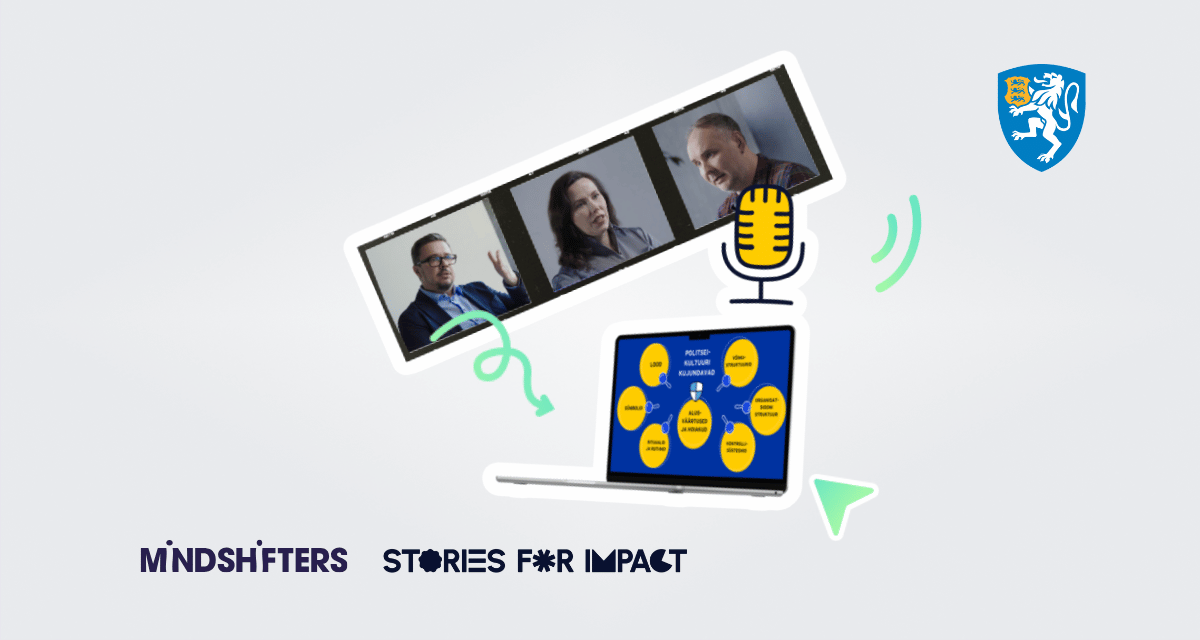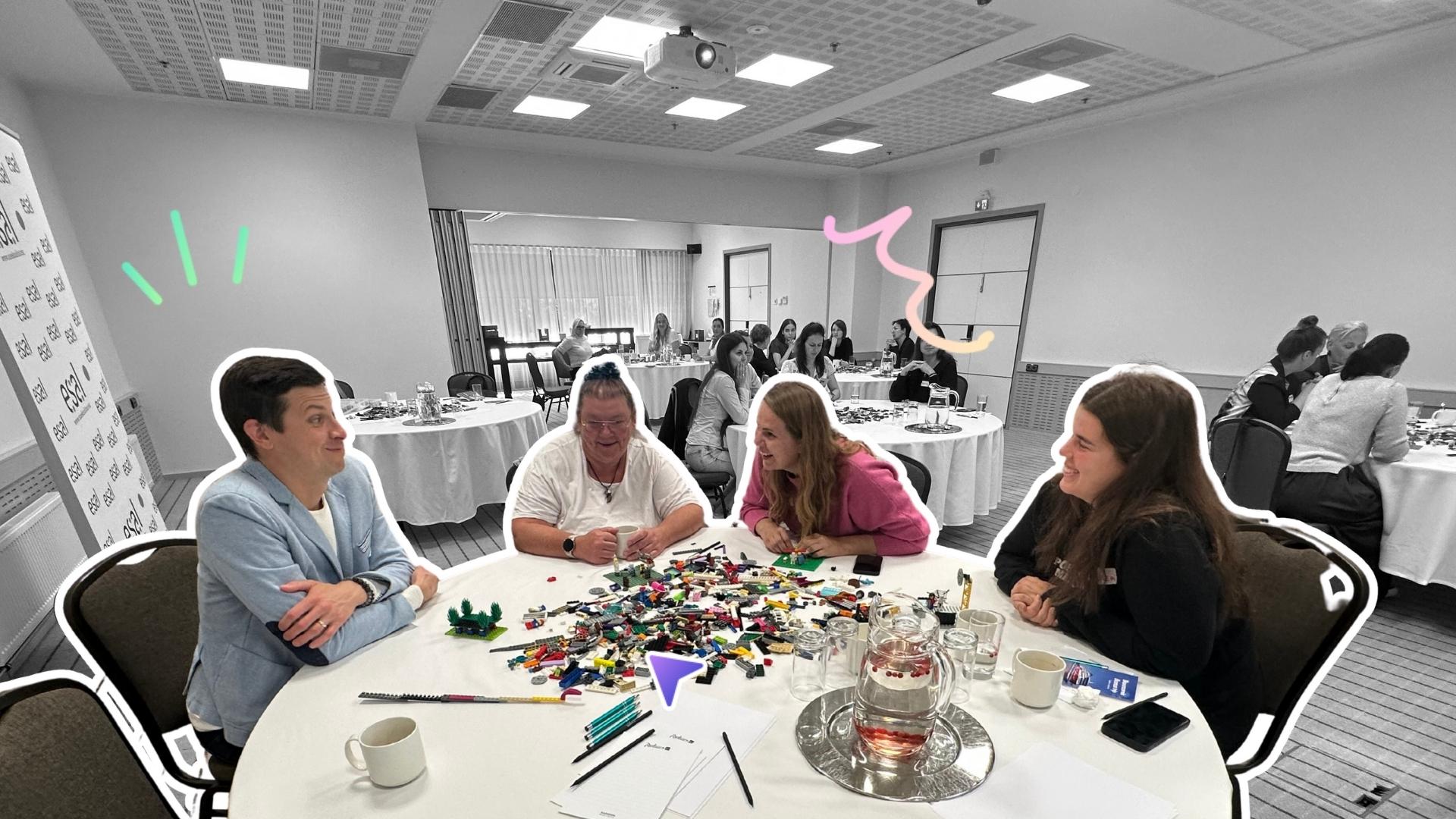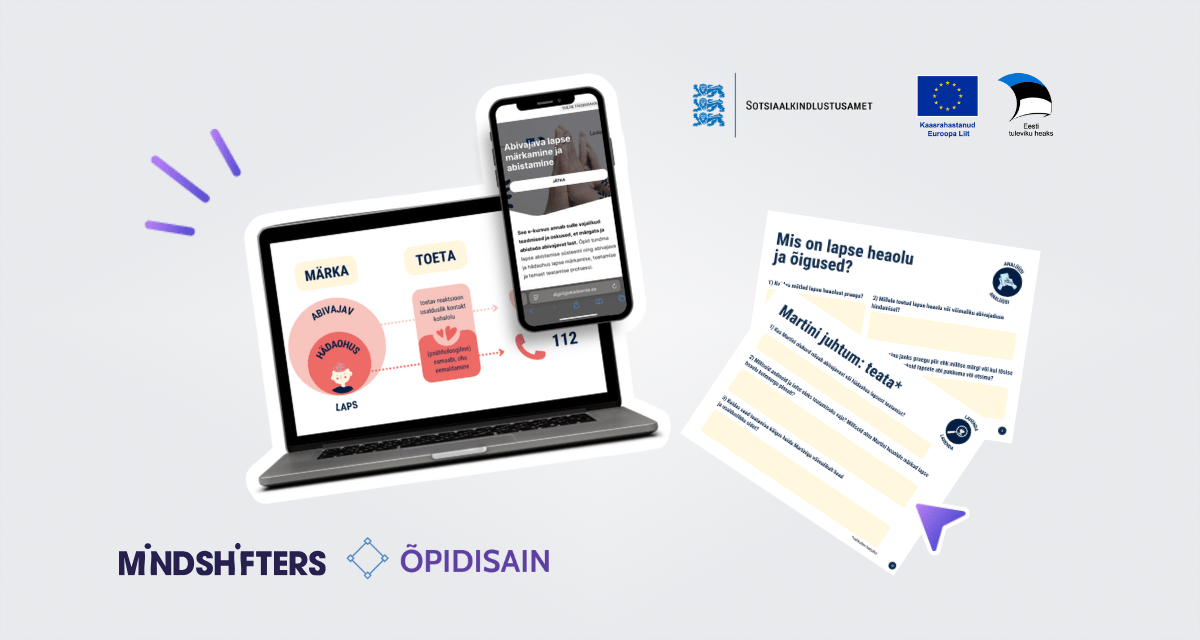Human-Centric Learning Design: Why, What, and How?
Discover why human-centric learning design matters and how to create impactful, learner-focused experiences. Get free tools and tips to elevate your L&D
Ever wonder why everyone is talking about human-centric approaches these days?
Think about it. Brands are shaped by people’s deepest desires and fears. Products and services are designed based on what people really need. Customer service is all about putting the customer first. Even workplaces are being designed with a focus on the people who work there.
So why not apply the same thinking to learning and development?
Everything Is an Experience
Everything we create in L&D is an experience. And we learn best through... experience! So, why not design learning experiences that are centered around the learner? It just makes sense.
The world’s changed a lot in the last five years. We’ve blended digital and face-to-face approaches, and now we see a clear trend: people prefer blended learning. They want the freedom to choose when and where they learn. And let’s be honest, that Tuesday 8:30 a.m. session in a stuffy conference room? Not always the best choice.
Sure, there are times when being together in the same room adds value—like when you’re brainstorming ideas, sharing stories, or building social-emotional rapport with teammates. That’s the magic of human connection.
But then comes another training session. Maybe it could have been a video or an interactive booklet. It’s mostly passive, and your mind starts wandering. The highlight? A trainer who actually knows how to engage the room. But even then, you still find yourself wishing you had more time to connect with the other participants who are going through the same struggles.
Understanding the Real Need
This is just one example of what a learning experience can look like. It’s clear that training can still add value, but we need to understand learners’ needs better to truly design impactful experiences.
At MindShifters, we focus on understanding the learner’s perspective from the get-go. Needs analysis is often the first step in training development, but it’s rarely defined well. For some, it’s a quick chat with a colleague; for others, it’s deep research into the organization and industry. For most, it falls somewhere in between.
So, where do you stand? What exactly are you doing when you analyze needs? Are there insights you might be missing that could change how you design learning experiences?
Tools for LXD
We’ve created a set of practical templates for anyone looking to enhance their learning experience design practice—whether you’re an HR leader, an L&D specialist, a trainer, or a curious mind wanting to dive into the world of learning design. We prefer to say you’re not “delivering training,” but instead creating room for learning to happen.
Download your free templates and get creative! Discover new ways to understand your learners' needs and make your learning design process more engaging. You might even want to lend a hand to a colleague who’s tackling a needs analysis for their next big project. Ever needed a helping hand? 🙋♀️
Stay tuned for our upcoming posts, where we’ll share case studies showcasing how these tools work in real-life learning design.
Want to know more?
Join our newsletter, or drop us a message about where you’re hitting roadblocks in your current learning design project. We’re just one question away!











